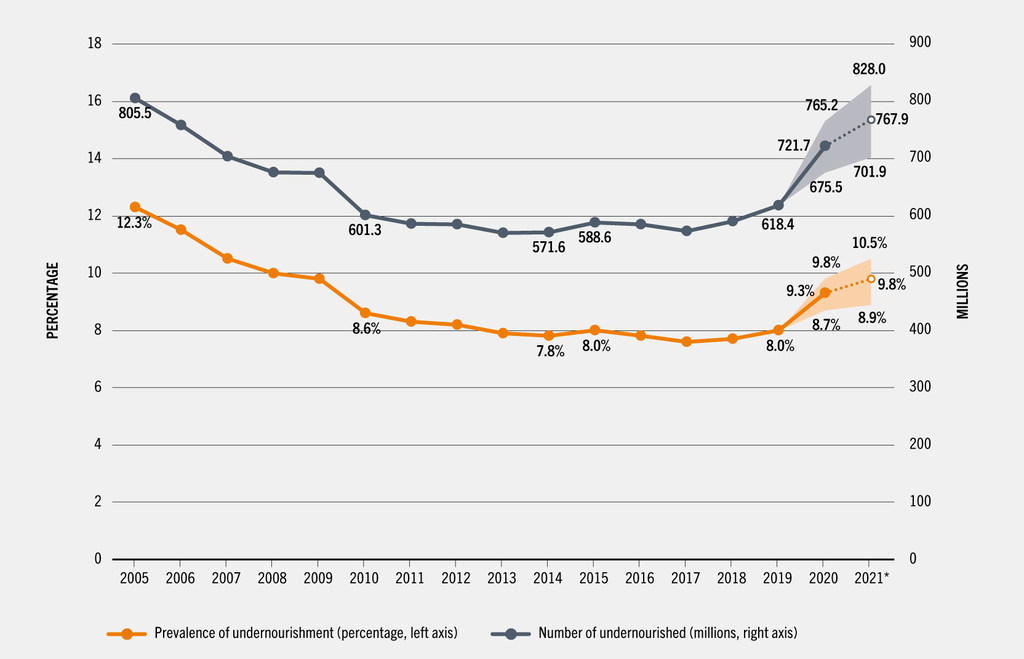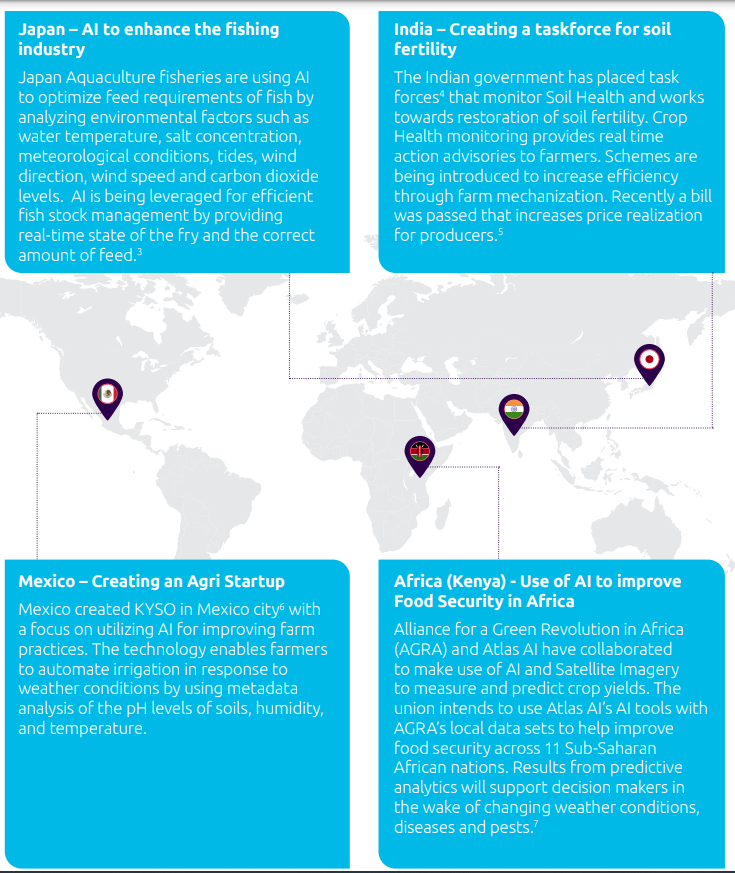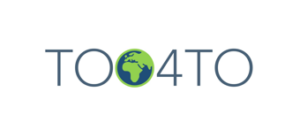AI to combat hunger: a strategy to achieve SDG 2
United Nations (UN) define hunger as “an uncomfortable or painful physical sensation caused by insufficient consumption of dietary energy” [1]. The UN reported that in 2021 as many as 828 million people were affected by hunger in the year 2021, which represents an increase of 46 million since 2020 and 150 million more since 2019 [2].
Physical effects of hunger include, but are not limited to [3]:
- Malnutrition
- Muscle and organ malfunction
- Weight loss due to depletion of fat and muscle mass
- Stunted growth
- Premature birth
- Anxiety
- Behaviour problems
The main causes of hunger in the world are lack of money, access to food difficulties and food production decline due to climate change. Extreme heat, drought and severe weather are some examples of climate change effects that affect crops growth worldwide and that could lead to a decline of about 30 percent of global yields. Climate and social inequity can lead to hunger; herewith, hunger can also cause conflicts because of the lack of availability of food or food insecurity, water and etc. For example, in Haiti, violence escalated through 2019, and by the beginning of 2021, after COVID-19 erupted, the percentage of Haitians without adequate food rose to 20% [4]. The World Food Program warned hunger is likely to increase in Haiti as the war in Ukraine caused the price of imported wheat to rise.
From these statistics, it could be inferred that Sustainable Development Goal 2 to achieve Zero hunger by 2030 could not be met.

How can AI help to combat hunger?
From a global perspective, Artificial Intelligence (AI) is already part of our reality. AI methods and tools such as machine learning, artificial neural networks and deep learning are affecting the way we produce and buy goods, the way we learn, the way we perceive reality, and the way we live. Researchers around the world are studying the effect of AI on every Sustainable Development Goal (SDG), and although it is not a simple task to achieve in a short time, there are already insightful results that help us visualize the future of AI and Sustainability [5].
In 2015 a team of Machine Learning and Social Science Researchers in the US and Europe founded “AI for Good Foundation”, an international network driving forward technological solutions that measure and advance the UN’s Sustainable Development Goals [6]. AI for Good is committed to creating impact opportunities to combat hunger and achieve SDG 2 by supporting small-scale and local farming solutions that help empower local communities, improve food security, and reduce poverty.

Image Source: AI for Good https://www.capgemini.com/wp-content/uploads/2021/06/AI4Food-handout.pdf
Artificial Intelligence areas of intervention to fulfil SDG can cover food production, distribution, and consumption:
- AI techniques can help identify weather patterns like floods and droughts: The Mexican start-up KYSO uses AI technology to automate irrigation systems capable of responding to changes in weather conditions by using metadata analysis of the temperature, humidity, and pH levels of soils [7].
- AI techniques can help to optimize food distribution strategies: in the United States, approximately 80 tons of food were lost during the year 2019. A San Francisco-based company, Replate, “collects surplus food from vendors and delivers it to non-profits in a strategic, data-driven format” [8]. This also avoids unnecessary transportation by first identifying the correct match between the food and the organisation that needs it.
- AI techniques can enhance a better interaction with the ones in hunger: Capgemini Australia developed a platform that uses AI and Machine Learning (ML) to improve food distribution across schools: Yum-Yum. The platform can monitor need for food in real time and addresses all roles – from students to welfare officers- to ensure solutions for food distribution success.
AI is capable of helping achieve the Zero Hunger goal; at the same time, it promotes Responsible Consumption and Production (SDG12), reducing food waste and helping to close the loop in the production sector. With the latter two, SDGs – No Poverty and Good and Well-Being, respectively – are also influenced by the initiatives that were presented here, and we can therefore continue creating strategies to achieve a world with ZERO HUNGER.

AI has a very high potential to accelerate the progress of the SDGs and help to reach them by 2030. However, many different challenges need to be taken into account in order to make this transformation more fluent, transparent and less harmful for small players in the agriculture sector and the countries which struggle with social responsibility issues or geopolitical conflicts.
Written by Alexandra Alonso Soto, Kaunas University of Technology
References
[1] https://www.fao.org/hunger/en/
[2] https://news.un.org/en/story/2022/07/1122032
[3] https://www.concern.net/news/effects-of-hunger
[6] https://ai4good.org/about-us/
[8] https://fortune.com/2022/09/06/tech-forward-everyday-ai-food-insecurity/ [9] https://www.capgemini.com/wp-content/uploads/2021/06/AI4Food-handout.pdf


